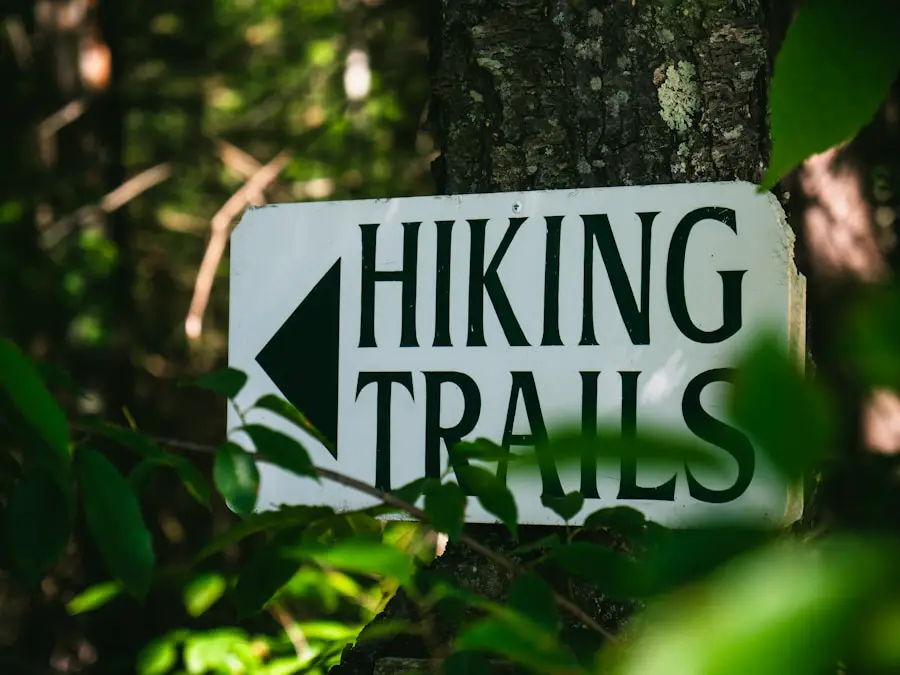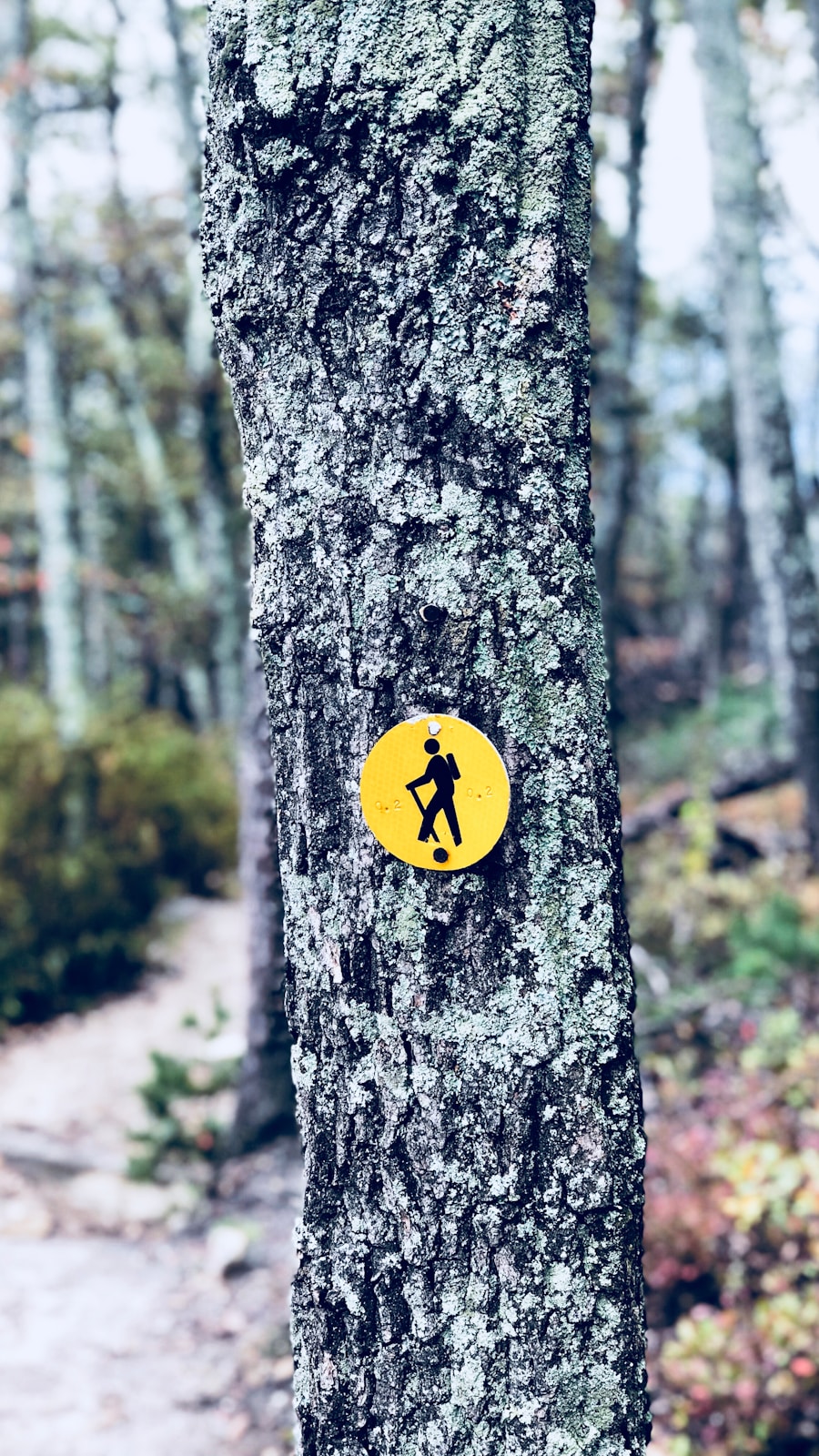Hiking is more than just a leisurely stroll through the woods; it is a multifaceted activity that offers a plethora of benefits for both the body and mind. One of the most significant advantages of hiking is its positive impact on physical health. Engaging in this outdoor activity can improve cardiovascular fitness, strengthen muscles, and enhance flexibility.
The varied terrain of hiking trails requires the body to adapt to different elevations and surfaces, which can lead to improved balance and coordination. Studies have shown that regular hiking can lower the risk of chronic diseases such as heart disease, diabetes, and obesity. Furthermore, the weight-bearing nature of hiking helps to build bone density, making it an excellent choice for individuals looking to maintain their skeletal health as they age.
Beyond the physical benefits, hiking also provides substantial mental health advantages. Spending time in nature has been linked to reduced stress levels, improved mood, and enhanced cognitive function. The tranquility of natural surroundings can serve as a powerful antidote to the hustle and bustle of daily life, allowing individuals to disconnect from technology and reconnect with themselves.
Research indicates that even short hikes can lead to significant reductions in anxiety and depression symptoms. The rhythmic nature of walking combined with the soothing sounds of nature creates a meditative experience that can foster mindfulness and promote emotional well-being. In essence, hiking serves as a holistic approach to health, nurturing both the body and the mind.
Key Takeaways
- Hiking provides physical and mental health benefits, including improved cardiovascular fitness and reduced stress levels.
- To prepare for a hike, it’s important to choose the right footwear, pack essential items like water and snacks, and check the weather forecast.
- When choosing a trail, consider the difficulty level, distance, and terrain to ensure it matches your fitness level and experience.
- Safety tips for hiking include staying on marked trails, informing someone of your plans, and being aware of wildlife and potential hazards.
- Essential items to bring on a hike include water, a map, first aid kit, sun protection, and extra clothing layers for changing weather conditions.
How to Prepare for a Hike
Plan Ahead and Check the Weather
It is also wise to check the weather forecast prior to your hike; conditions can change rapidly in mountainous or wooded areas, so being prepared for rain or sudden temperature drops is crucial. Additionally, informing someone about your hiking plans, including your expected return time, can enhance safety by ensuring that someone is aware of your whereabouts.
Packing Essentials
Packing appropriately is another vital aspect of preparation. A well-thought-out packing list should include essentials such as water, snacks, a first aid kit, and navigation tools like a map or GPS device. Hydration is particularly important; hikers should aim to drink water regularly throughout their trek to prevent dehydration. Depending on the length and difficulty of the hike, energy-boosting snacks like trail mix or energy bars can help maintain stamina.
Dress for Success
Moreover, wearing suitable clothing and footwear is critical; moisture-wicking fabrics and sturdy hiking boots can significantly enhance comfort and reduce the risk of blisters or injuries.
Choosing the Right Trail

Selecting the right trail is fundamental to having an enjoyable hiking experience. Factors such as difficulty level, length, and terrain should be carefully considered when making this decision. Many hiking websites and apps provide detailed descriptions of trails, including user reviews that can offer insights into what to expect.
For beginners, it may be beneficial to start with well-marked trails that are frequented by other hikers. These trails often have clear signage and are maintained regularly, which can provide a sense of security for those new to hiking. In addition to difficulty and length, it is also important to consider the type of scenery you wish to experience.
Some trails may lead through dense forests, while others might offer breathtaking views of mountains or lakes. If you are interested in wildlife observation or botanical diversity, researching trails known for their unique ecosystems can enhance your experience. Furthermore, local parks or nature reserves often have designated trails that cater to various skill levels and interests, making them excellent options for families or groups with diverse abilities.
Safety Tips for Hiking
| Safety Tips for Hiking |
|---|
| 1. Plan your route and inform someone of your plans |
| 2. Check the weather forecast before heading out |
| 3. Wear appropriate clothing and footwear |
| 4. Carry enough water and stay hydrated |
| 5. Pack essential items such as a map, compass, first aid kit, and flashlight |
| 6. Stay on marked trails and be aware of your surroundings |
| 7. Be cautious around wildlife and avoid feeding them |
| 8. Take regular breaks and pace yourself |
| 9. Follow Leave No Trace principles and pack out all trash |
| 10. Be mindful of your own limitations and know when to turn back |
Safety should always be a top priority when embarking on a hiking adventure. One of the most effective ways to ensure safety is by being aware of your surroundings and understanding the trail conditions. Before heading out, familiarize yourself with the trail map and any potential hazards such as steep drop-offs or rocky areas.
It is also advisable to hike with a buddy whenever possible; not only does this provide companionship, but it also ensures that help is available in case of an emergency. Another critical aspect of hiking safety is being prepared for wildlife encounters. Depending on the region, hikers may come across animals such as bears, snakes, or mountain lions.
Understanding how to react in these situations can be vital; for instance, making noise while hiking can help alert wildlife to your presence and reduce the likelihood of surprise encounters. Carrying bear spray in bear country and knowing how to use it can also be a lifesaver. Additionally, being aware of local regulations regarding wildlife interactions can help hikers navigate these situations responsibly.
What to Bring on a Hike
The items you bring on a hike can significantly influence your overall experience. A well-prepared hiker will pack not only essentials but also items that enhance comfort and enjoyment during the trek. Water is paramount; carrying enough hydration for the duration of your hike is crucial for maintaining energy levels and preventing dehydration.
A general rule of thumb is to drink about half a liter of water for every hour of moderate activity. In addition to water, snacks are essential for keeping energy levels up during longer hikes. Foods high in carbohydrates and protein, such as nuts, granola bars, or jerky, are excellent choices for quick energy boosts.
A first aid kit should also be included in your pack; this kit should contain items like adhesive bandages, antiseptic wipes, pain relievers, and any personal medications you may need. Other useful items include a multi-tool or knife for various tasks, a flashlight or headlamp for visibility in low-light conditions, and a lightweight emergency blanket for warmth if needed.
Hiking Etiquette

Hiking etiquette plays an important role in ensuring that everyone enjoys their time on the trails while preserving nature for future generations. One fundamental rule is to yield the right of way appropriately; hikers traveling uphill generally have the right of way over those descending. This practice helps maintain safety and minimizes disruptions on narrow paths where passing may be difficult.
Another key aspect of hiking etiquette involves respecting nature and fellow hikers by adhering to Leave No Trace principles. This means packing out all trash, staying on designated trails to prevent soil erosion, and avoiding picking plants or disturbing wildlife habitats. Additionally, keeping noise levels down allows others to enjoy the serenity of nature without unnecessary distractions.
If you are hiking with pets, ensure they are leashed and under control at all times; this not only protects wildlife but also ensures that other hikers feel comfortable sharing the trail.
Exploring Nature on a Hike
Hiking provides an unparalleled opportunity to immerse oneself in nature’s beauty while fostering a deeper appreciation for the environment. As you traverse various landscapes—be it lush forests, rocky mountainsides, or serene lakeshores—you become acutely aware of the intricate ecosystems that thrive around you. Observing flora and fauna in their natural habitats can spark curiosity about biodiversity and conservation efforts necessary to protect these environments.
Moreover, hiking encourages mindfulness by allowing individuals to engage their senses fully. The rustling leaves underfoot, the scent of pine trees wafting through the air, and the sight of vibrant wildflowers create an immersive experience that promotes mental clarity and relaxation. Many hikers find that spending time in nature enhances their creativity and problem-solving skills; this phenomenon has been supported by research indicating that exposure to natural settings can lead to improved cognitive function.
Hiking as a Form of Exercise
Hiking stands out as an exceptional form of exercise that combines cardiovascular benefits with strength training elements. Unlike traditional gym workouts that may feel monotonous or confined, hiking offers dynamic movement across varied terrains that challenges different muscle groups. The act of climbing uphill engages the quadriceps, hamstrings, calves, and glutes while descending works stabilizing muscles in the legs and core.
Additionally, hiking can be tailored to suit individual fitness levels; whether you opt for an easy stroll along a flat path or tackle steep inclines with rugged terrain, there are options available for everyone.
This versatility makes hiking an accessible form of exercise that encourages people of all ages and fitness backgrounds to participate regularly. Furthermore, studies have shown that outdoor exercise like hiking can lead to greater adherence compared to indoor workouts due to its enjoyable nature and connection with the environment.In conclusion, hiking offers numerous benefits ranging from physical fitness improvements to mental health enhancements while providing opportunities for exploration and connection with nature. By preparing adequately, choosing appropriate trails, adhering to safety guidelines, respecting fellow hikers through proper etiquette practices, and embracing the experience fully—hikers can enjoy all that this rewarding activity has to offer.
If you are planning a hiking trip, it is important to consider the best carry-on luggage for international travel. Having the right luggage can make your journey much more convenient and enjoyable. Check out this article on the best carry-on luggage for international travel to ensure you are well-prepared for your hiking adventure.
FAQs
What is hiking?
Hiking is a recreational activity that involves walking in natural environments, often on trails or paths. It is a popular outdoor activity that allows individuals to explore and enjoy nature while getting exercise.
What are the benefits of hiking?
Hiking offers numerous physical and mental health benefits, including improved cardiovascular fitness, muscle strength and endurance, stress reduction, and mental relaxation. It also provides an opportunity to connect with nature and enjoy beautiful scenery.
What equipment do I need for hiking?
Basic hiking equipment includes sturdy and comfortable footwear, appropriate clothing for the weather, a backpack, water and snacks, a map and compass or GPS, and a first aid kit. Additional gear may be necessary for longer or more challenging hikes.
Where can I go hiking?
Hiking can be done in a variety of natural environments, including mountains, forests, deserts, and coastal areas. Many national and state parks, as well as designated hiking trails, offer opportunities for hiking. It’s important to research and choose a hiking location that matches your skill level and interests.
What should I consider before going on a hike?
Before going on a hike, it’s important to consider factors such as the difficulty of the trail, the weather forecast, the length of the hike, and the availability of water and facilities. It’s also important to inform someone of your hiking plans and to be prepared with the necessary equipment and supplies.
